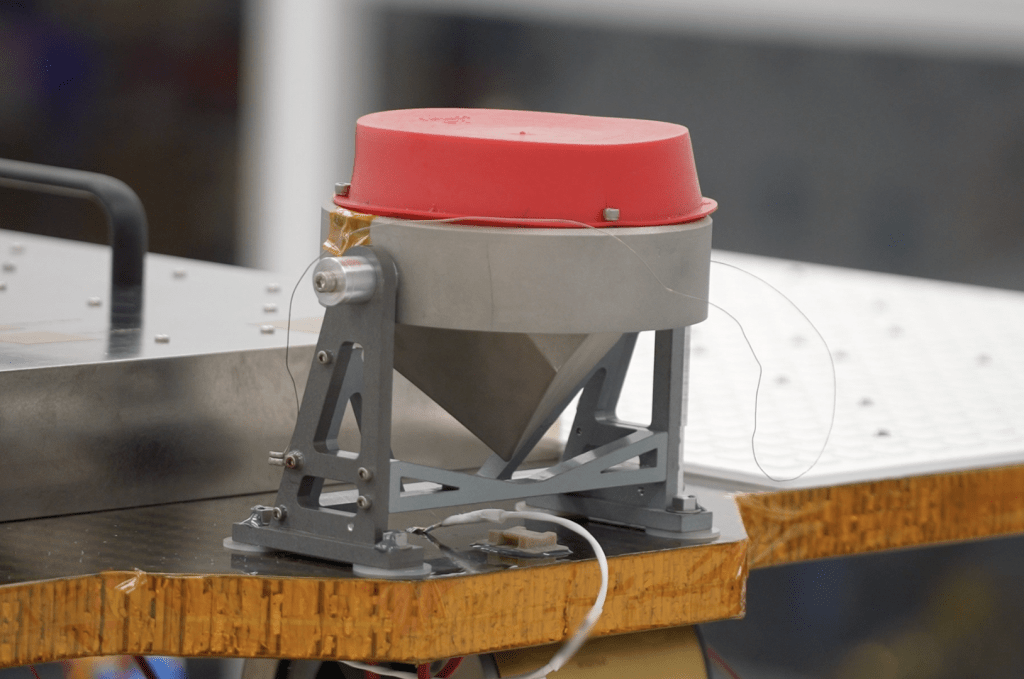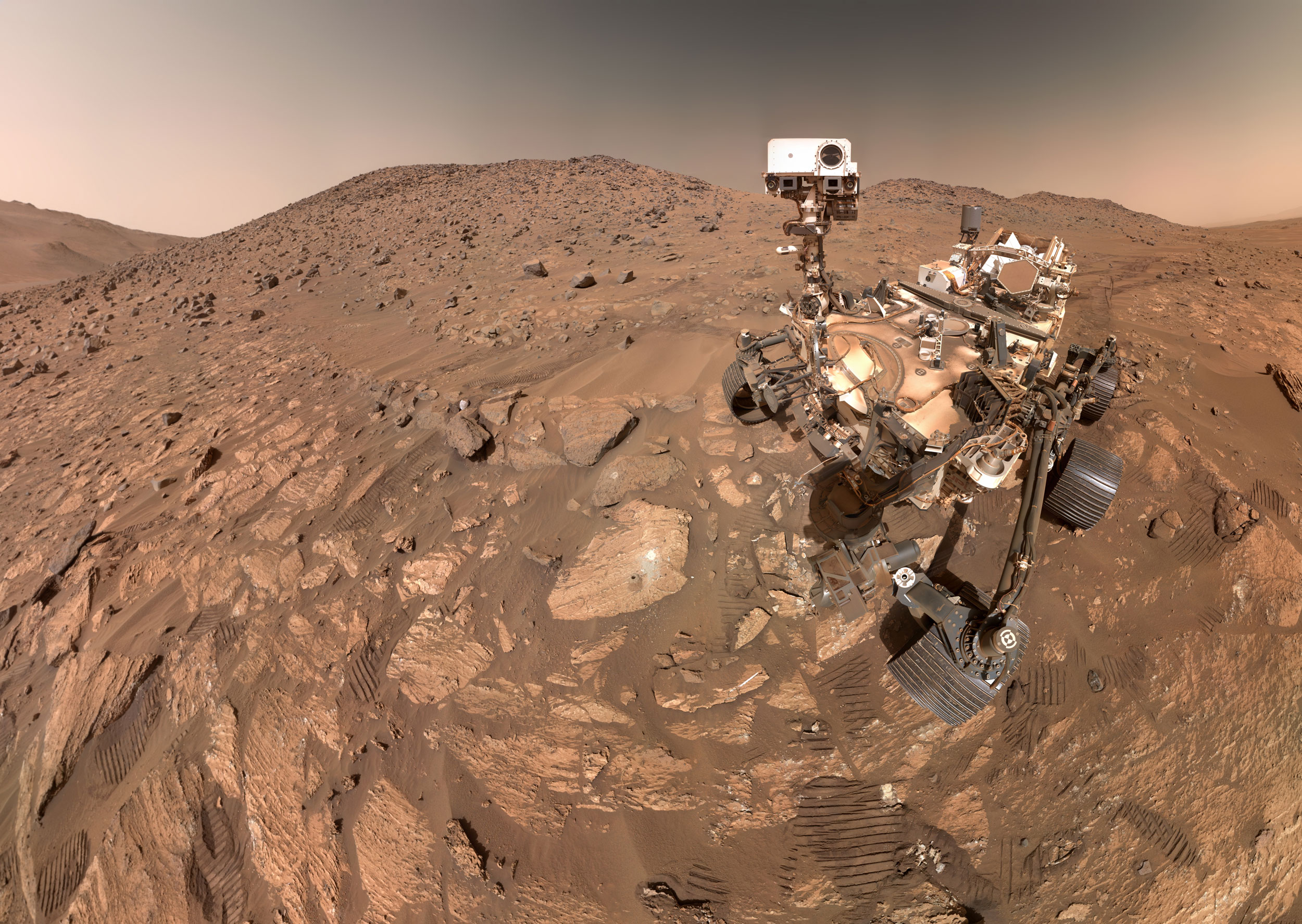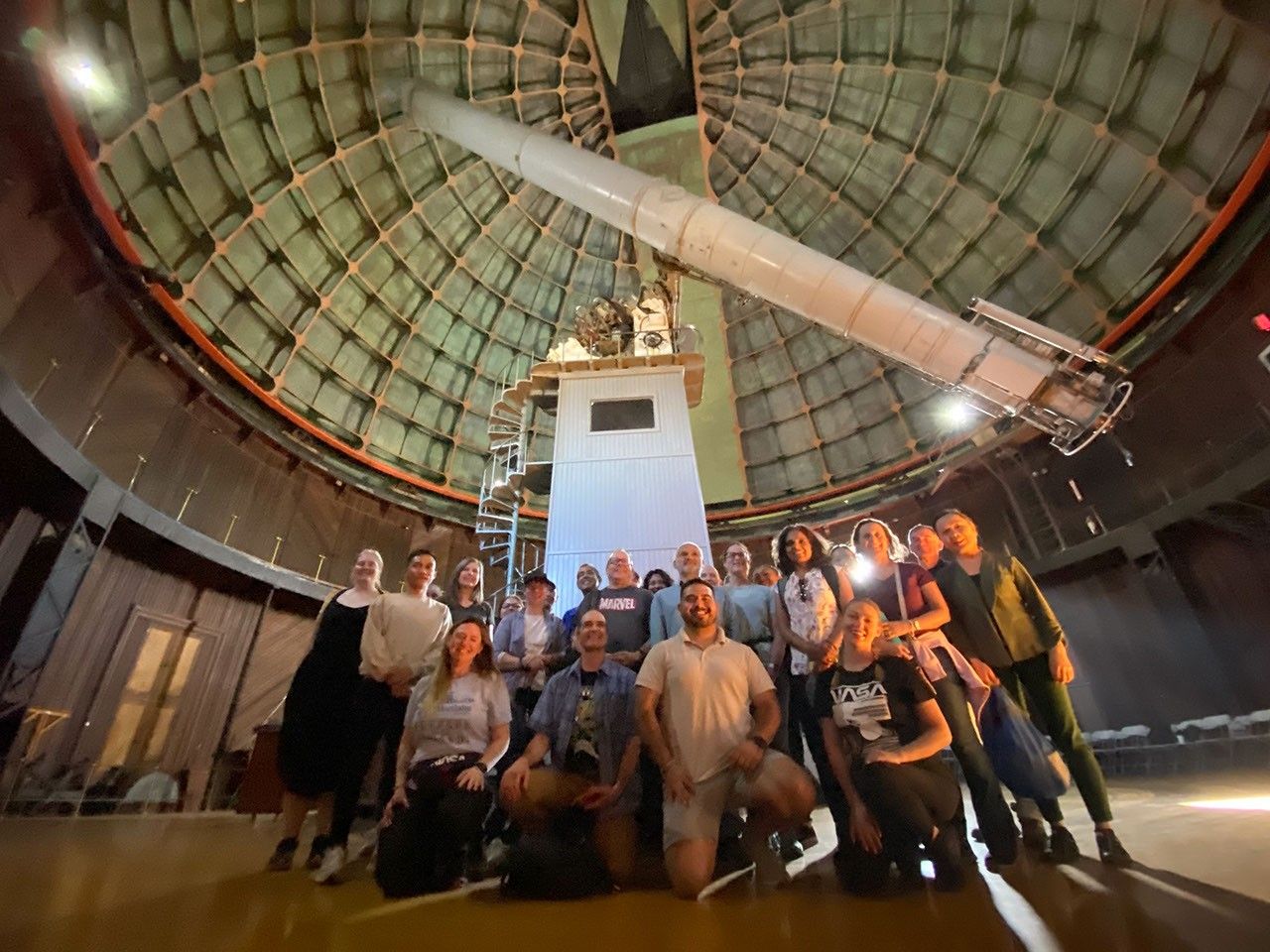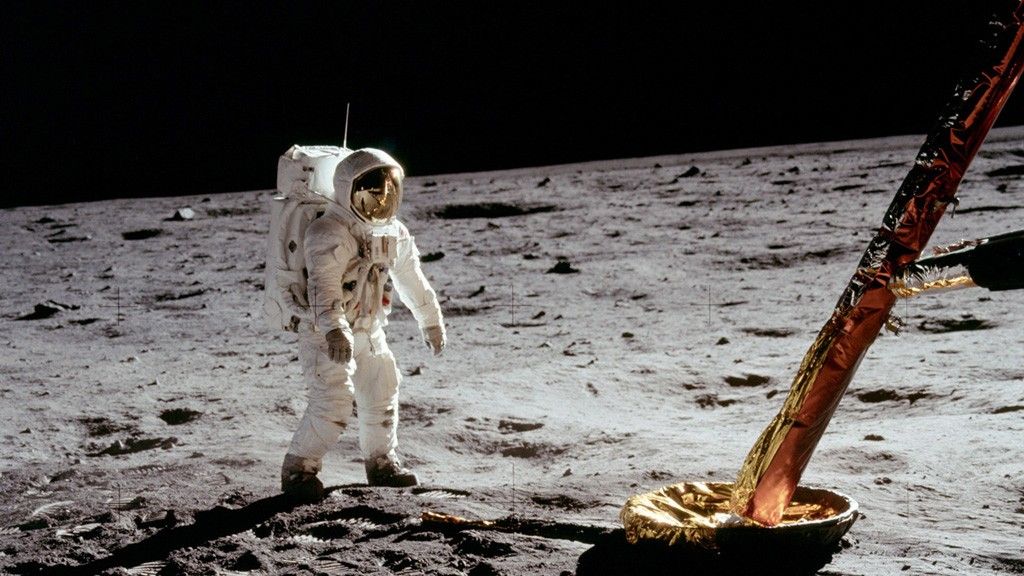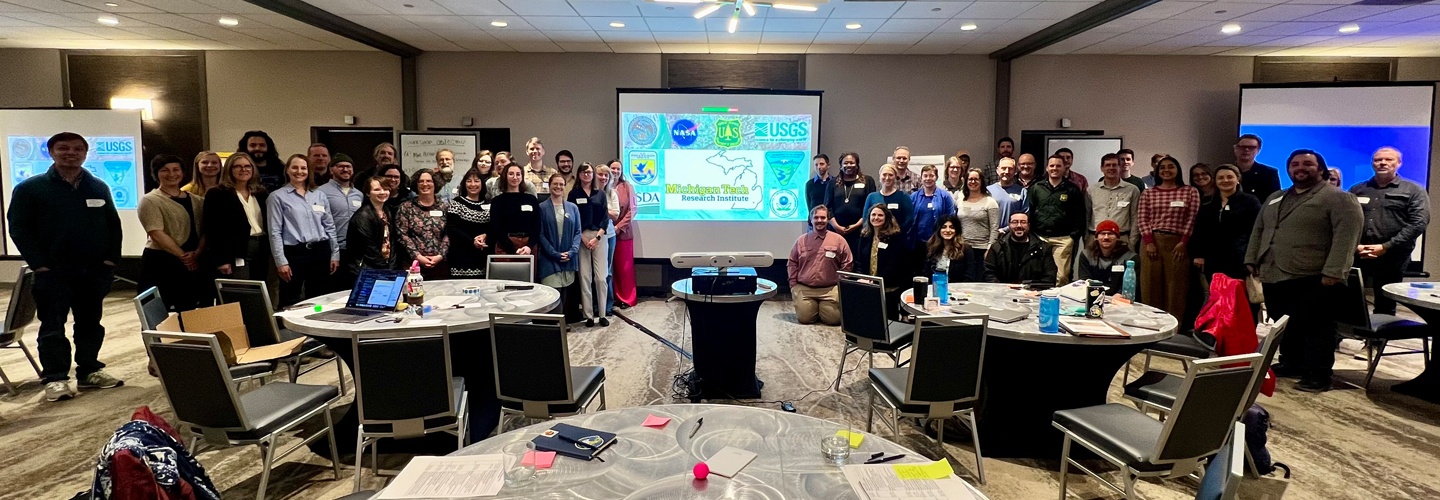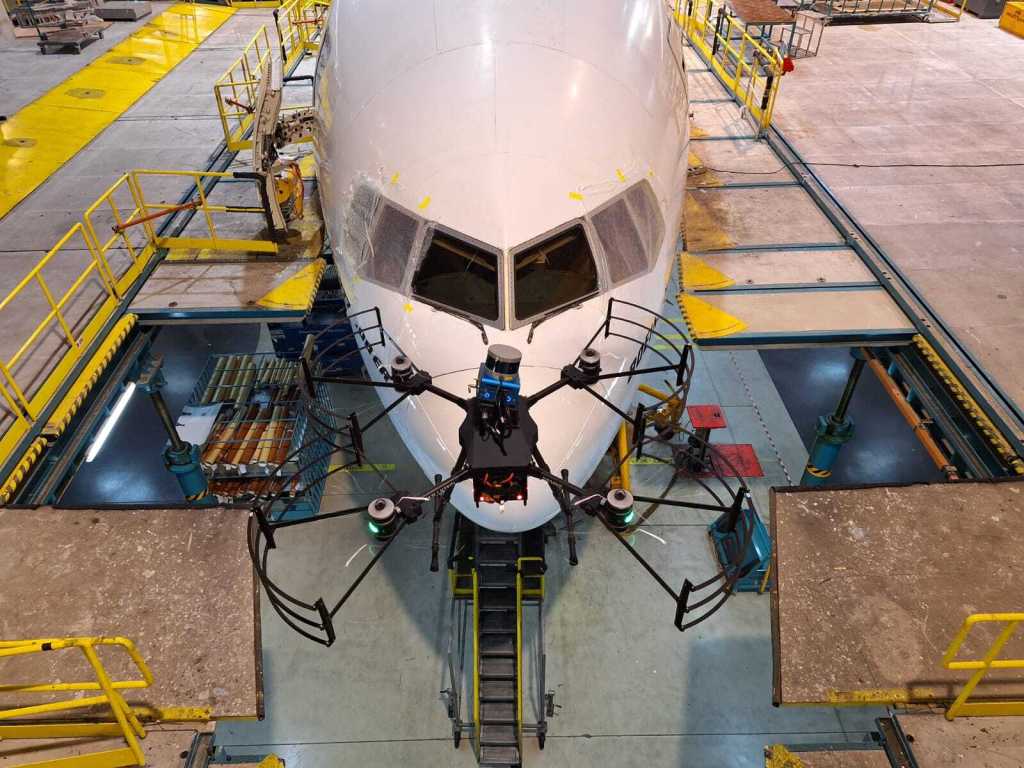
Audience
Educators
Grade Levels
Grades 9-12
Subject
Life Science, Space Science, Space Biology, Space Radiation
Type
Educator Guides, Lesson Plans / Activities, Videos
Radiation biology examines the effects of radiation on living systems. The lesson plans are hands-on investigations that encourage the use of science, mathematics, engineering, technology, problem solving and inquiry skills. The activities provide a general framework that can be modified based on student needs and classroom resources.
Module 1
Radiation biology is an interdisciplinary science – biology, physics, astrophysics, planetary science, and engineering – that examines the effects of radiation on living systems. The Space Faring: The Radiation Challenge educator guides link these disciplines in the context of a lunar outpost by providing background, discussion and research questions, objectives and inquiry-based activities to introduce radiation biology. Module 1 includes a pretest, lessons, student sheets and answer keys about the types of radiation, its origin, how it is measured and how it affects astronauts.
The activities in the guide are:
- Modeling Waves in the Electromagnetic Spectrum
- The Cloud Chamber
- Radiation Exposure on Earth
Space Faring: The Radiation Challenge Introduction and Module 1: Radiation Educator Guide [1.5MB PDF file]
Module 2
This guide focuses on the risks and symptoms of radiation exposure and the consequences of DNA damage. The lessons in this guide call for students to analyze the genetic effects of radiation in plants; describe changes in phenotype as a result of radiation damage in plants, yeast and Drosophila melanogaster; and simulate the random damage to DNA caused by radiation.
The activities in the guide are:
- Biological Effects of Radiation Damage in Plants
- Biological Effects of Radiation Damage in Yeast
- Biological Effects of Radiation Damage in Drosophila
- Three-Dimensional Modeling of DNA Damage
Space Faring: The Radiation Challenge Module 2: Radiation Damage in Living Organisms Educator Guide [814KB PDF file]
Module 3
NASA uses the term “countermeasures” to describe the procedures, strategies, medications, exercise, etc., that help to keep astronauts healthy and productive while they are traveling in space and after they return to Earth. In this module, students will use radiation unit conversion; investigate countermeasures that could be used for astronauts who explore the moon; and experiment to explore how shielding countermeasures can help to lessen the harmful effects of UV radiation.
The activities in the guide are:
- Radiation Limits for Astronauts
- Countermeasures for Lunar Explorers
- Shielding Yeast From UV Radiation
Space Faring: The Radiation Challenge Module 3: Radiation Countermeasures Educator Guide [876KB PDF file]
Module 4
Radiation can be dangerous, but it also has its benefits. This module calls for students to research a tool, technique or product that contains or uses radiation or radioactive materials and to give an oral presentation of their findings. They will also research nuclear medicine imagery.
The activities in the guide are:
- Researching Radiation as a Useful Tool
- Investigating Nuclear Medicine Imagery
Space Faring: The Radiation Challenge Module 4: Applications to Life on Earth Educator Guide [4MB PDF file]
The following videos supplement these guides:
Act 1: What Is Radiation and Where Does It Come From? Video
Act 2: Space Radiation and Human Health Video
Act 3: Protection From Space Radiation Video


